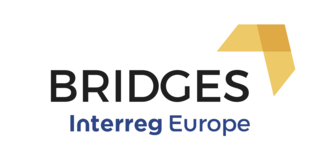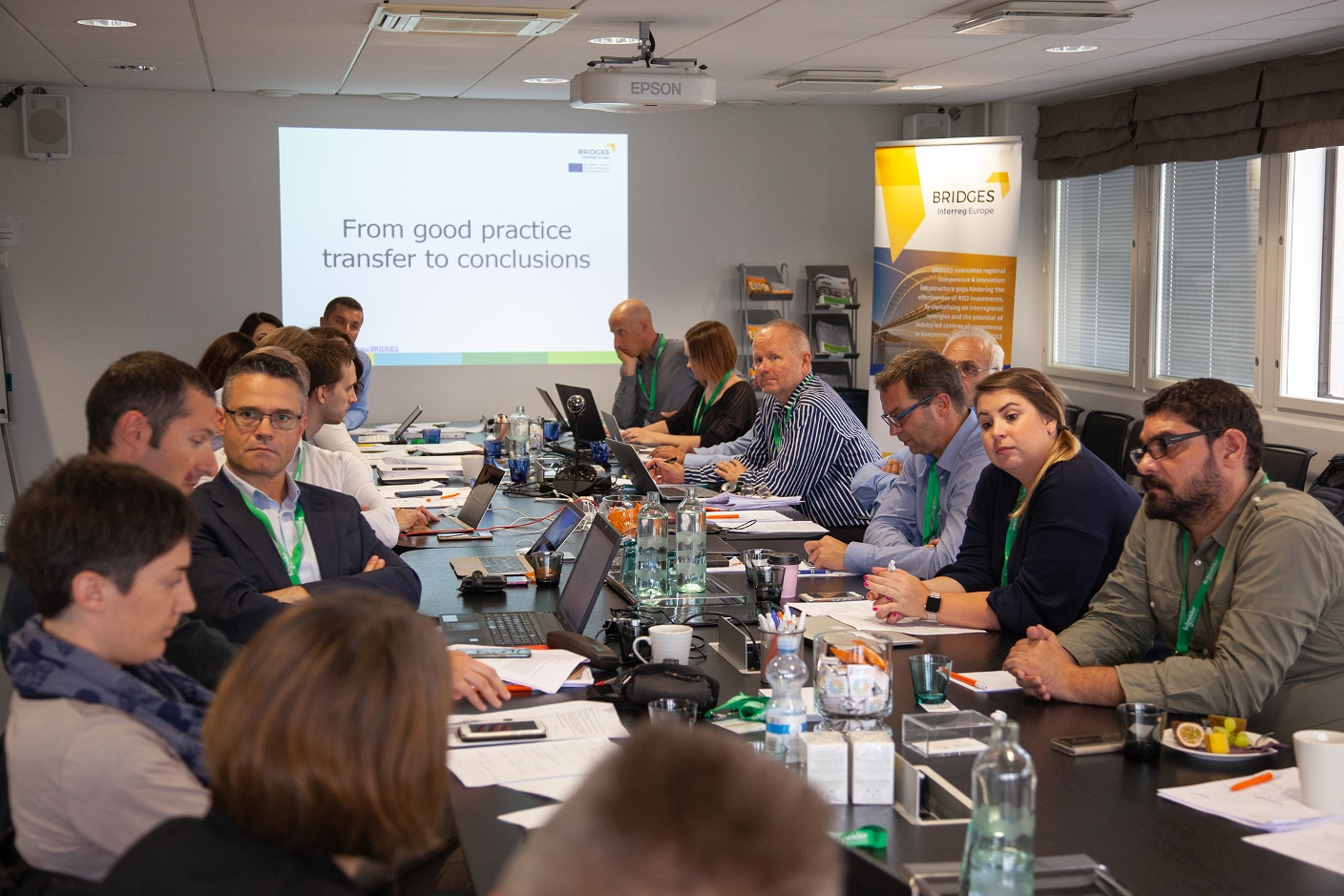Reflexions from the BRIDGES project experience
The BRIDGES project has been operating since April 2016. It has gathered a more than four-year field experience in linking advanced and less advanced regions through innovation partnerships, tools, and policies. We are planning to share here some insights into this experience with a small series of brief articles.
Reflexions from the BRIDGES project experience….matching & connecting regions’ strengths…PART1
On September 25th 2019, the BRIDGES project was participating in the Thematic Workshop on Smart Specialisation, in Brussels. At some point, one of the experts, Prof. Ron Boschma commented “lagging regions have such a [great] potential, if only they would invest in it”. We could not have agreed more with this comment. Our whole effort, ever after the 2nd semester of the project work (autumn 2016), was dedicated to this issue which had proved very challenging. What was the challenge? Absorptive capacity, a shared development language, and the larger context were / are the challenge.
The BRIDGES project’s point of departure was simple enough: we assumed that lagging regions (or, equivalently, ‘less advanced regions’) are lagging because they lack those necessary knowledge resources that would allow them to progress towards economic renewal and scaling up of the whole economy. Therefore, it was argued, if a project matches strengths between advanced and lagging regions, and if, such a process is consolidated through the collaboration of innovation infrastructures located in both types of regions, then we will have a path bridging the gap between the more and less advanced areas.
However, the regional innovation maps analysis revealed that in the partner areas -with the exception of the one advanced region, the knowledge transfer mechanisms of the regional innovation systems were not functioning properly. It implies that an important function of the RIS3, the research-to-business function, was missing and therefore a basic precondition for innovation-based renewal was missing, too. We also noticed that mismatches between the RIS3 research & economic bases were more often results of historical, long-term, knowledge & economic mismatches, than of delayed catch-up activities. Therefore, knowledge transfer and entrepreneurial discovery per se, i.e. the probable entrepreneurial renewal paths, were also challenged -if at all identified. As a result, research-to-business tools were sometimes under-appreciated and under-utilised because the deeper, "structural" causes had not been considered in the first place. These are the research-to-industry and research-to-innovation systems preconditions.
The discussion on regional economic & knowledge-base mismatches shed light, as well, on collaboration schemes between innovation advanced and less advanced regions. We found three parametres to be very important: shared development language, innovation infrastructures as hub-to-hub gate-openers to knowledge and knowledge transfers and aiming for symmetrical collaboration schemes between and among innovation advanced and less advanced regions. Please continue here for Part 2













